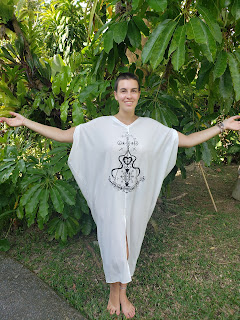Eco-Friendly Ways to Wash Your Clothes Without a Machine
Cleaning your laundry in a washing machine has become the go-to method
for many people. Machine washing uses large volumes of water as well as
energy,
both to run the machine and heat the water. If you're looking for ways
to be kind to the environment, there are eco-friendly ways to wash your
clothes without a machine.
Hand Washing
You can wash your laundry in a sink, bathtub or other watertight
receptacle. Fill the tub with water, place dirty clothes in the water
until they are saturated and use friction to remove dirt from the
clothes. Some people rub the fabric together to mimic the agitation of a
washing machine. You may also use a washing board, or a corrugated
metal sheet in a wooden frame, to rub the fabric against for the
purposes of loosening dirt from your clothes. This
method still uses water but eliminates the energy usage associated with
washing machines.
Water and Detergent Choices
When hand washing clothes, water and detergent choices affect how
eco-friendly this activity is. Use cold water whenever possible. This
uses less energy as you do not have to heat the water, and it also helps prevent the dye in your clothes from running and
staining. You should also use as little water as possible to avoid
wasting water. If possible, instead of pouring used clothes-washing
water down the drain, consider whether you can reuse it to water your
plants or garden. This is only possible if you use nontoxic detergents.
Look for vegetable oil-based detergents instead of the standard
petroleum-based detergents. You can also add one to
two cups of vinegar to your wash water to deodorize or a half cup of
baking soda to whiten laundry.
Green Dry Cleaning
One way to avoid the use of a washing machine is to have your clothes
dry-cleaned. Note that some clothing marked "dry clean only" on the care
instructions, such as delicates, can be hand washed. You can also hand
wash items, such as button-down shirts, at home and take them to your
local dry cleaner for professional pressing. If your clothes must be
dry-cleaned, choose your dry cleaner carefully; not all services are
eco-friendly. Traditionally, dry cleaners have used perchloroethylene to
clean clothes; this chemical is both an environmental and health hazard. Look for a dry cleaner that uses
environmentally-friendly methods and chemicals, such as liquid carbon
dioxide, or CO2, and wet cleaning. CO2 dry cleaning technology achieves
friction by passing CO2 into a depressurized chamber filled with
clothing. Wet cleaning involves highly specialized
cleaning methods that cut down on the amount of water used and the use
of chemicals that are biodegradable, according to the U.S. Environmental
Protection Agency. Both methods involve the use of
energy, but they are still easier on the environment than other dry
cleaning methods.
About Washing Machines
The average washing machine uses 41 gallons of water per load,
according to the U.S. Environmental Protection Agency website . This is far more than is generally used in hand washing
clothes. It also increases your electric bill and uses energy. While
hand washing clothing is more time consuming, it is far better for the
environment.





Comments